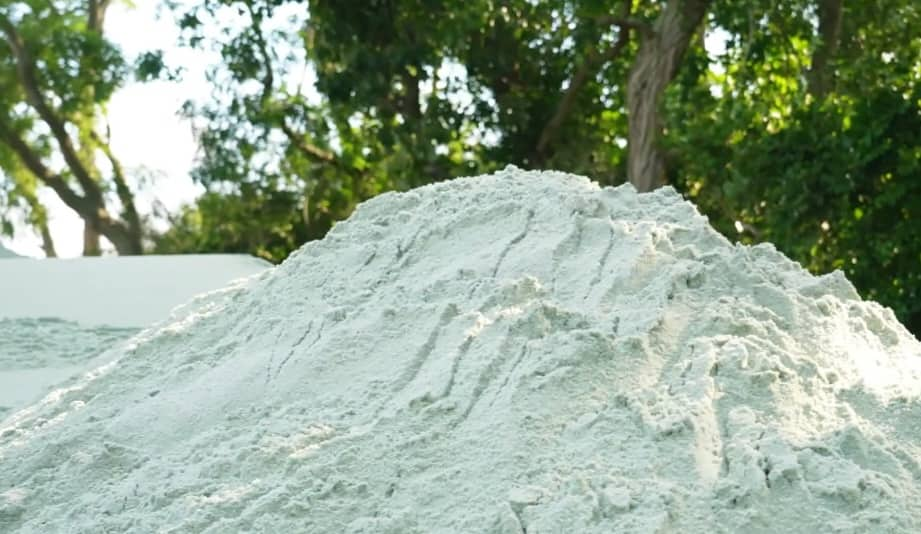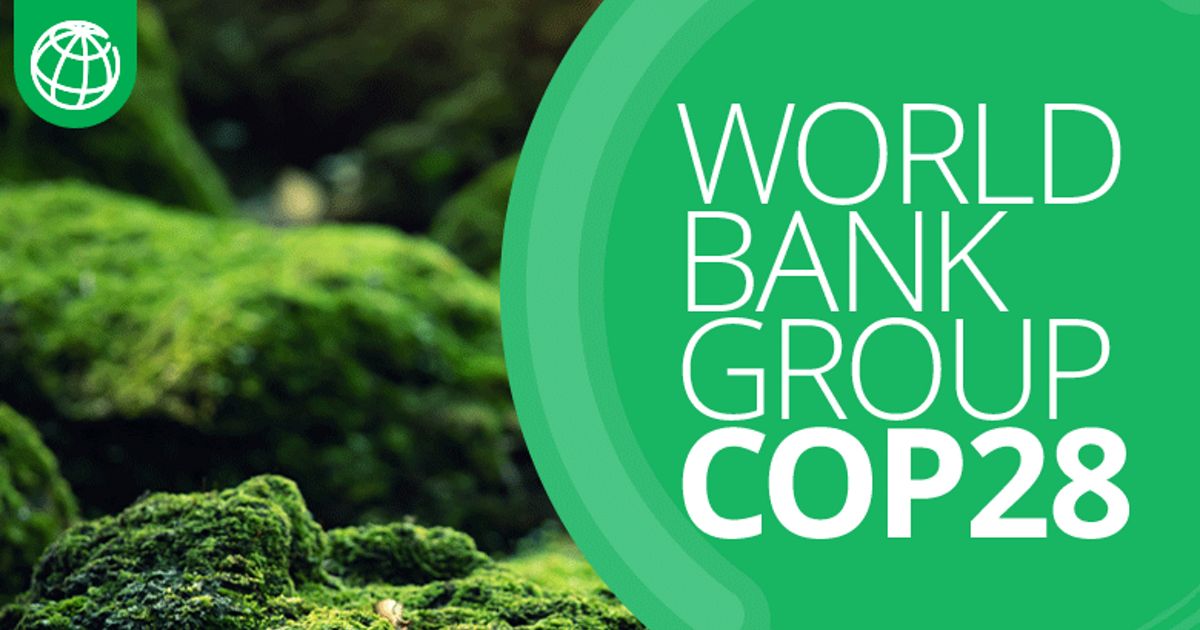According to UN, Air pollution is the greatest environmental threat to public health globally and accounts for an estimated 7 million premature deaths every year,polluted environments take the lives of 1.7 million children under the age of five . Air pollution and climate change are closely linked as all major pollutants have an impact on the climate and most share common sources with greenhouse gases. Improving our air quality will bring health, development, and environmental benefits.
The World Health Organization calls air pollution the “single biggest environmental threat to human health and estimates that 99 percent of the world’s population live in locations that are above WHO thresholds designed to protect human health. Air pollution is primarily caused by the burning of fossil fuels, forest fires, waste burning, mining, industrial activities and other natural factors.
The world have magnesium based natural green rock to help nature turn extensive carbon pollution to eco- friendly carbonates. This is new cutting edge technology is permanent, scalable and affordable solution to climate change. Together, we can make that future a reality.
According to Vesta, a research-based organization, Coastal Carbon Capture is a way to harness the power of the oceans to accelerate the Earth’s natural long-term carbon dioxide removal process and enhance coastal resilience. Vesta adds a carbon-removing sand made of the natural mineral olivine to coastal systems. This nature-based climate strategy reduces ocean acidity and removes carbon dioxide permanently.
According to the Vesta; The Town of Southampton is implementing a beach nourishment project to replenish sand at North Sea Beach. The project includes Coastal Carbon Capture that will advance climate science research. University of North Carolina Wilmington is exploring in collaboration with scientists from Vesta, as well as the Coastal Studies Institute, UNC-Greensboro, and researchers at the U.S. Army Corps of Engineers (USACE).
The North Sea Beach Colony-Beach Erosion Control District (NSCB-BECD) of the Town of Southampton has the necessary permits to complete the NSBC-BECD Beach Restoration Project.
The process aims to accelerate the natural chemical weathering of the mineral olivine by spreading large amounts of ground olivine-containing rock onto coastlines where it can dissolve in seawater, thereby increasing the rate of CO2 absorption by the ocean (Bach et al. 2019).
When olivine dissolves in water, it drives the below reaction to the right, thus increasing CO2 uptake, increasing pH, and generating alkalinity. As a result, this process has the potential co-benefit of counteracting ocean acidification. Ocean acidification is the process by which increasing atmospheric CO2 dissolves in seawater, which reduces pH (increasing acidity) (upper reaction in diagram below). This reduces the ability of calcifying organisms like corals to grow and produce exoskeletons, or shells. As you can see below, dissolving olivine in water sequesters hydrogen ions into dissolved silicate (H4SiO4), a molecule that can be used by diatoms, an important photosynthesizing algae that fixes carbon dioxide and forms the base of food web.
This reaction is the foundation of the Long-Term Inorganic Carbon Cycle, which has been occurring for billions of years, stabilizing Earth’s atmospheric CO2 concentrations, and in turn enabling life to thrive. In fact, carbon dioxide removal (CDR) through natural rock weathering consumes ~1 gigaton of CO2 every year (Ciais et al. 2013). Indeed, there are naturally-occurring olivine beaches with diverse ecosystems like Papakōlea Beach in Hawaiʻi, where we are researching the local ecology, ecotoxicology, olivine weathering rates, and secondary mineral formation.
New York based Albanian Minerals CEO Sahit Muja said, “We are at the beginning of a new green technological revolution based on green minerals. This new wave of technological change will have a formidable impact on the global economy. We have find more economical and innovative solutions for carbon sequestration using natural eco friendly green rock. Magnesium olivine is the greatest natural solution to date against climate change, rising sea levels, rising ocean temperatures, ocean acidification, land degradation and desertification. It’s a nature’s way of turning carbon dioxide into nutrition for all biodiversity”.
Sahit Muja said, “To feed near 8 billion people, hundreds of billions of animals, trillions of sea creators and hundreds of trillions of plants, fruit trees, grass, vegetables and others. Albanian Minerals is working intensively to bring to the global markets in land and in the water 2 different magnesium ore mineral combination as one of the greatest future natural supplement combination the world have ever seen.
This marvelous wonder lies at the heart and body of every living thing . Is essential for all living cells and organisms. This is the next big thing in the 21st century, a great building block of new world”.
“A great journey of scientist for 30 years and hundreds of researches worldwide has proven that this nobel mineral Olivine is one of the finest eco-friendly building block on new world capable of removing all world’s CO2 from the atmosphere. Albanian Minerals holds and have discovered hundreds of billions of tons of olivine mineral globally, world’s highest grade magnesium olivine enough and fully capable on capture 100% of all carbon dioxide worldwide. This new technology under development is very cheap, scalable, and permanent”. Mr. Muja stated.
The most precious commodity on earth water, air and land are our most important resources, they are an irreplaceable element of our life, industry and our agriculture. Water and air are at the very heart of our existence.
Dutch designer Teresa van Dongen has launched Aireal, an online library showcasing materials that can capture atmospheric carbon. The fledgling library contains images and descriptions of materials developed by companies and institutes around the world that store carbon in a useful way via a process known as carbon capture and utilisation (CCU).
Materials featured include olivine, an abundant mineral that can absorb its own mass of carbon dioxide when crushed and scattered on the ground in a process known as mineral carbonation.
Discover more from Green Innovation News
Subscribe to get the latest posts sent to your email.





